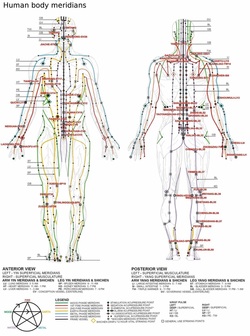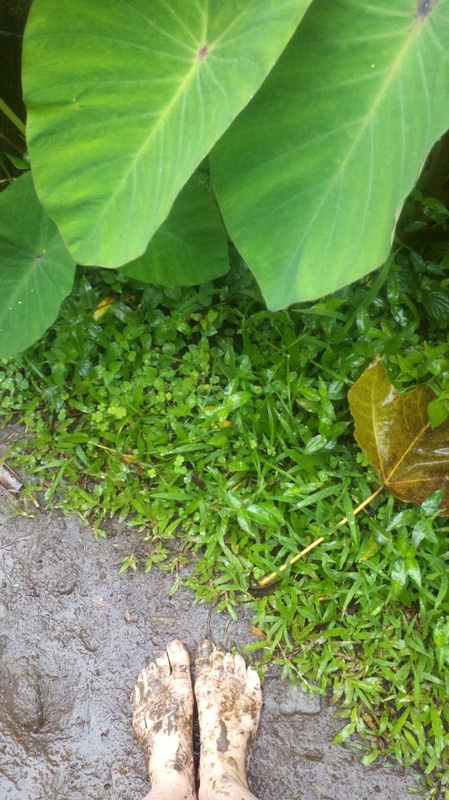 “I don’t know how to let go of that,” she said moments before her cervicals were readjusted, so palpable was her slip that the moment froze and echoed off the walls. Many of us, do not know who we are without being defined by the pain of our previous stories. Several years ago, I jammed my right ankle on a lava rock, resulting in several years of compensation. Years of limited motion, or days of paying the price after a good hike, limping in pain as swelling from an overworked subtalar joint and tarsals subsided, easing back into walking upright. My foot jam occurred on my first summer in Kaua’i, on my birthday, with a slice of birthday cake in hand. A juxtaposition of emotions, no? Our bones carry our emotional stories: “As a carpenter, I have to lift heavy machinery;” “As a Mom, my lower back aches from carrying the baby;” “Oh, my hands have never worked right since…” Our bones can also be road mapped to the store house of emotions: our organs. Inflammations and uneasiness in our body can be created in a multitude of ways; one of which is how we live our bodies; another is how we live in our minds. Recently, standing up to my ankles in water and mud in a taro patch, I ruminated on this less than perfect ankle of mine. What would it take, I thought, to have this ankle be whole again: surgery? more work? what? Later on that day, I injured my foot. The ball joints of the big toe were jammed backwards. It hurt. A lot. I could no longer place any weight on the foot. The pain was not a throbbing or inflammatory; it was a searing snap to attention. The type of pain that the rest of the day’s details fall away and I have nothing to notice but the present moment. Between myself and a few other hands the joint was reset; the tendons coaxed back to their proper standing, and four days later I was standing in the dry sands of Kona working again, fully standing. The ankle had full range of motion. The new injury was rectified and so was my elder wound. Why? I have heard that many of us define ourselves in what we can and cannot do: great gardener, not a woodworker. Great with words, cannot play music. Can go to yoga, not sure on public speaking. I can’t move my neck, my shoulder, my back…a few years ago (fill in life event) and on the story goes. The event happens once. The retelling repatterns muscle memory, a constant instruction to the body self to hold the pattern of pain. Is it that simple? Yes and no. Are there severe physical traumas, of course. Am I talking about those, probably not. Am I talking about assumptions and the conditioning of muscle memory that allows us to taut that we cannot return to a state of fullness and claim ourselves whole and not broken? Yes. Why would we do that? Good question. SOMETIMES Sometimes if you move carefully through the forest breathing like the ones in the old stories who could cross a shimmering bed of dry leaves without a sound, you come to a place whose only task is to trouble you with tiny but frightening requests conceived out of nowhere but in this place beginning to lead everywhere. Requests to stop what you are doing right now, and to stop what you are becoming while you do it, questions that can make or unmake a life, questions that have patiently waited for you questions that have no right to go away. - David Whyte My ankle, you ask? It reset. It moves in circles and straight lines. It carries my weight wholly forward, and I intend to keep it that way. Click here for a great article by David Whyte *posted originally here
0 Comments
Leave a Reply. |
Support the Inspiration.Archives
January 2019
|


 RSS Feed
RSS Feed
